Cinnamomum camphora (L.) PRESL. |
| |
|
|
Botanical Name |
: |
Cinnamomum camphora (L.) PRESL. |
English
Name |
: |
Camphor Tree |
Synonym(s) |
: |
Laurus camphora, Linn., Camphora officinarum, Nees., Cinnamomum inunctum, Meisn. Cinnamomum glanduliferum, Meisn. |
Family |
: |
Lauraceae |
| |
General Info
| Description |
 |
|
A large, handsome, evergreen tree. Leaves are glabrous, sub- coriaceous, ovate-elliptic to elliptic to sub-ovate-elliptic, inflorescence is in axillary, slender, glabrous and many flowered panicles. The fruits are one-seeded berries, globose, slightly fleshy, seated on a shallow, thin cup, turning black when ripe. |
| Herb Effects |
 |
|
Stimulates the central nervous system (aerial part); stimulates the cardiovascular system (aerial part and essential plant oil); sedative (in hysteria), antibacterial, carminative, antispasmodic, antiseptic, rubefacient, expectorant and aphrodisiac (essential plant oil). |
Chemistry
| Active Ingredients |
 |
|
Mainly camphor (essential plant oil), 1,8 cineole, alpha-bisabolol, alpha-pinene, beta-elemene, borneol, caffeic acid, camphor, carvacrol, citronellol, eugenol, geraniol, kaempferol, limonene, myrcene, quercetin, vanillin. |
| Chemistry
of Active Ingredients |
 |
|
|
 |
Name |
CAS# |
IUPAC Name |
Formula |
Structure |
 |
|
| Camphor |
8022-77-3 |
1,7,7-trimethylnorbo
rnan-2-one |
C10H16O |
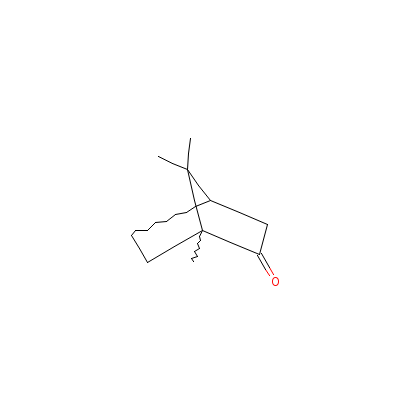
|
| Alpha-bisabolol |
67375-41-1 |
6-methyl-2-(4-methyl
-1-cyclohex-3-enyl)-
hept-5-en-2-ol |
C15H26O |
|
| alpha-Pinene |
80-56-8 |
2,7,7-trimethylbicyc
lo[3.1.1]hept-2-ene |
C10H16 |
|
| Beta-elemene |
33880-83-0 |
1-ethenyl-1-methyl-2
,4-diprop-1-en-2-yl-
cyclohexane |
C15H24 |
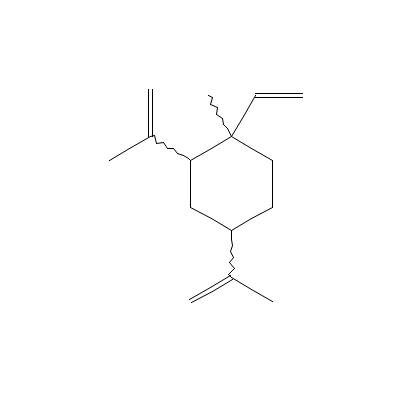
|
| Borneol |
10385-78-1 |
1,7,7-trimethylnorbo
rnan-2-ol |
C10H18O |
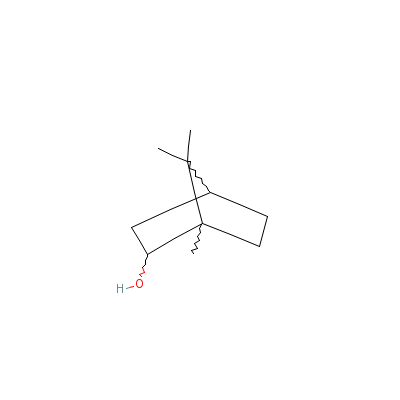
|
| Caffeic acid |
Not Available |
3-(3,4-dihydroxyphen
yl)prop-2-enoic acid |
C9H8O4 |
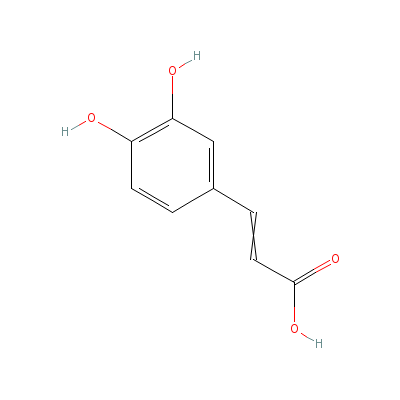
|
| Carvacrol |
499-75-2 |
2-methyl-5-propan-2-
yl-phenol |
C10H14O |
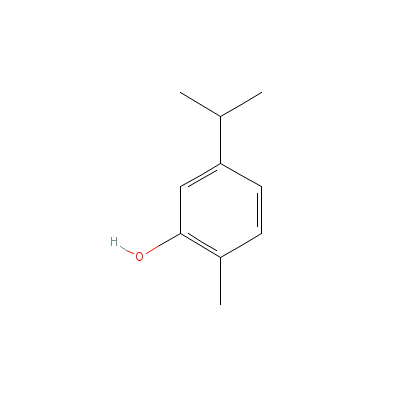
|
| Citronellol |
26489-01-0 |
3,7-dimethyloct-6-en
-1-ol |
C10H20O |
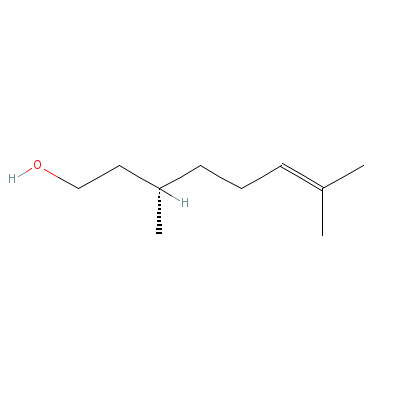
|
| Eugenol |
97-53-0 |
2-methoxy-4-prop-2-e
nyl-phenol |
C10H12O2 |
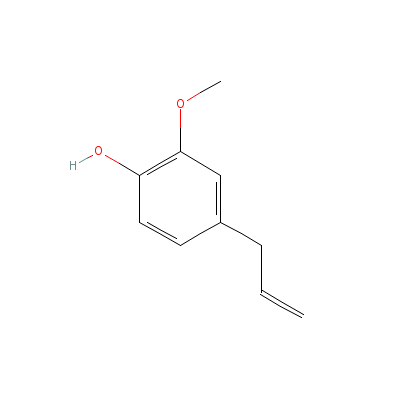
|
| Geraniol |
8007-13-4 |
3,7-dimethylocta-2,6
-dien-1-ol |
C10H18O |
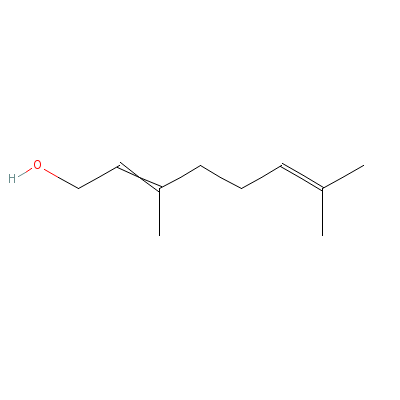
|
| Kaempferol |
80714-53-0 |
3-[3-[4,5-dihydroxy-
6-(hydroxymethyl)-3-
[3,4,5-trihydroxy-6-
(hydroxyme
thyl)oxa
n-2-yl]oxy-oxan-2-yl
]oxy-4,5-dihydroxy-6
-(hydroxymethyl)oxan
-2
-yl]oxy-4,5-dihy
droxy-2-(4-hydroxyph
enyl)-chromen-7-one |
C33H40O21 |
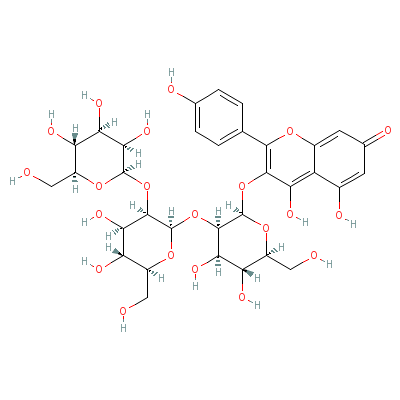
|
| Limonene |
9003-73-0c |
1-methyl-4-prop-1-en
-2-yl-cyclohexene |
C10H16 |
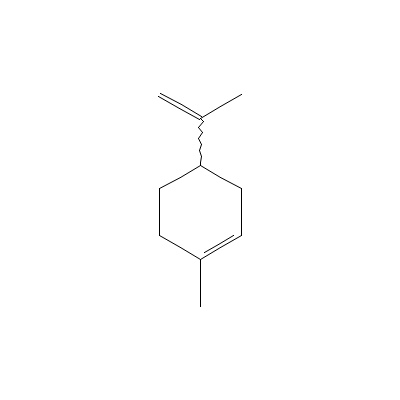
|
| Myrcene |
2153-31-3 |
7-methyl-3-methylide
ne-octa-1,6-diene |
C10H16 |
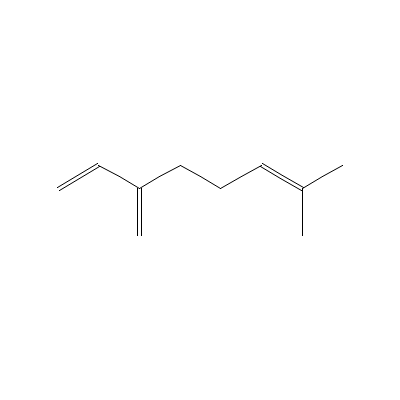
|
| Quercetin |
Not Available |
2-(3,4-dihydroxyphen
yl)-3,4,5-trihydroxy
-chromen-7-one |
C15H10O7 |
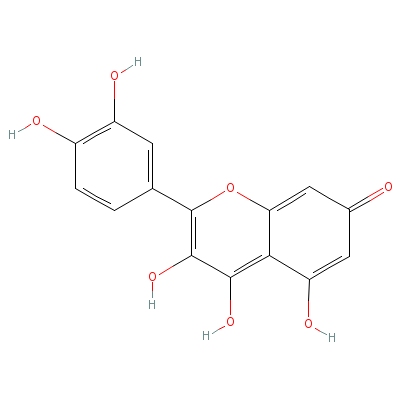
|
| Vanillin |
8014-42-4 |
4-hydroxy-3-methoxy-
benzaldehyde |
C8H8O3 |
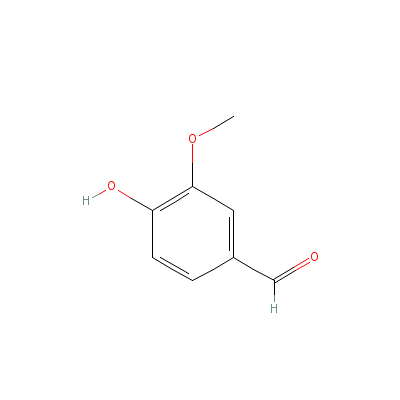
|
|
Pharmacology
| Medicinal Use |
 |
|
In indigestion (leaf); as a sedative (in hysteria), carminative, aphrodisiac, as a nervine depressant in chorea, epilepsy, convulsions and rheumatism, in urogenital disorders, pruritis and as an antidote (in strychnine poisoning) (essential plant oil). Camphor liniment is used for relief of pain in muscular rheumatism. |
| Contraindication |
 |
|
Do not employ camphor in any form during pregnancy and lactation.Avoid use in patients with epilepsy or Parkinson’s disease. |
| Reference |
 |
|
 Chandel et al., Biodiversity in Medicinal and Aromatic Plants in India. Chandel et al., Biodiversity in Medicinal and Aromatic Plants in India.
The Himalaya Drug Company.
Bentley and Trimen, Medicinal Plants. |
Dealers
Products
|
|